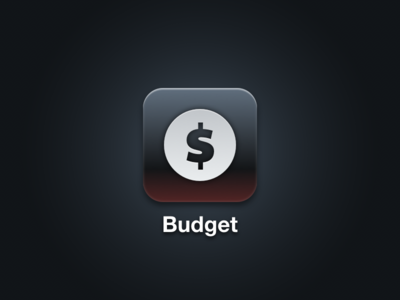 Are you financially secure or financially unstable? Often times the difference comes down to creating a budget, and then having that budget and sticking to it. These aren’t the only contributing factors, but a budget is the cornerstone of financial security. Are you interested in starting one? Would you like to know how simple it is and not just for the 1%?
Are you financially secure or financially unstable? Often times the difference comes down to creating a budget, and then having that budget and sticking to it. These aren’t the only contributing factors, but a budget is the cornerstone of financial security. Are you interested in starting one? Would you like to know how simple it is and not just for the 1%?
DETERMINE SPENDING
Fixed Bills
To create a budget start off by calculating all monthly fixed bills. Fixed bills are recurring bills that have the same payment amount monthly. Fixed bills may include: garbage, insurance, phone, and cable bills. This includes house, car, and rent payments.
Fluctuating Bills
Fluctuating bills are bills that do not have the same payment amount monthly. These bill amounts are dependent upon usage. Fluctuating bills may include: gas, electric, propane, fuel, water, and grocery bills. The best way to determine the current month’s fluctuating bills is to use bill amounts from the previous month.
Create an Emergency Fund. After that’s complete start your Savings (Retirement Funds)
Living paycheck to pay check may be an only option initially, especially for those who do not have a generous left-over money amount. Setting an emergency fund goal can alleviate the pressure monthly as it grows. Emergency Funds can be used for unplanned spending such as, emergency room visits and car repairs. Start off by saving 10% of the left-over money. Even if excess funds are as little as $200, 10% adds up over time with compounding interest. One can always increase their monthly savings amount if comfortable with the amount of the remaining funds.
Track Spending
Little purchases here and there will add up fast. If a purchase made is under $50, it may seem like only a little is spent. This is not true. If you add up all the little expenses it becomes a lot. Print out monthly bank statements. Use highlighters to highlight non-bill related transactions. Determine if they were one-time necessities, or wasteful spending such as eating out three times a week. This is where one can visually understand where the money is going to. Cut unnecessary spending. Keep highlighted statements and compare it to the future ones.
DETERMINE INCOME
Identify all sources of monthly income and total it. This includes earned and unearned incomes such as wages, child support, grants, scholarship, loans, SSI, and VA compensation.
Determine Over Spending
Make a plan to figure out all over spending. Let’s look at specific numbers.
If your monthly income is $2000 after taxes and last month you spent the following:
- $1000 on rent or mortgage
- $100 on health and dental insurance
- $400 on groceries and eating out
- $300 on entertainment (includes staying in and going out)
- $50 on your phone bill
- $200 on gas
- $150 on car payment
- $0 for emergency fund and savings
This means you’re $200 over budget. If you had unnecessary spending then you’ll be over even more. Do this with your own finances and see where you stand. You might need to cut expenses from eating out and entertainment.
Left-Over Money
If there is money left over, Great! Put it towards your emergency fund and then savings. Or how about saving for a vacation?
Keep on Going
It is rewarding when you create a budget and see your savings account start to accumulate. This is a positive motivator to stay on track. Each month financial stress decreases as it seems there is more breathing room. Keep in mind why what motivated you to create a budget in the first place. No one wants to feel the weight of sinking financially. Turn this into a positive motivator as well to keep from returning to that point. Think financial security and let go of financial instability.
Budget now and stay in the black!
Featured image by http://dribbble.com/janik
Well said John. I started my budget 3 months ago and I can tell you it has helped me a ton. In that time I’ve been able to pay off $6500 of credit card debt and stay in the black, at least for the most part .